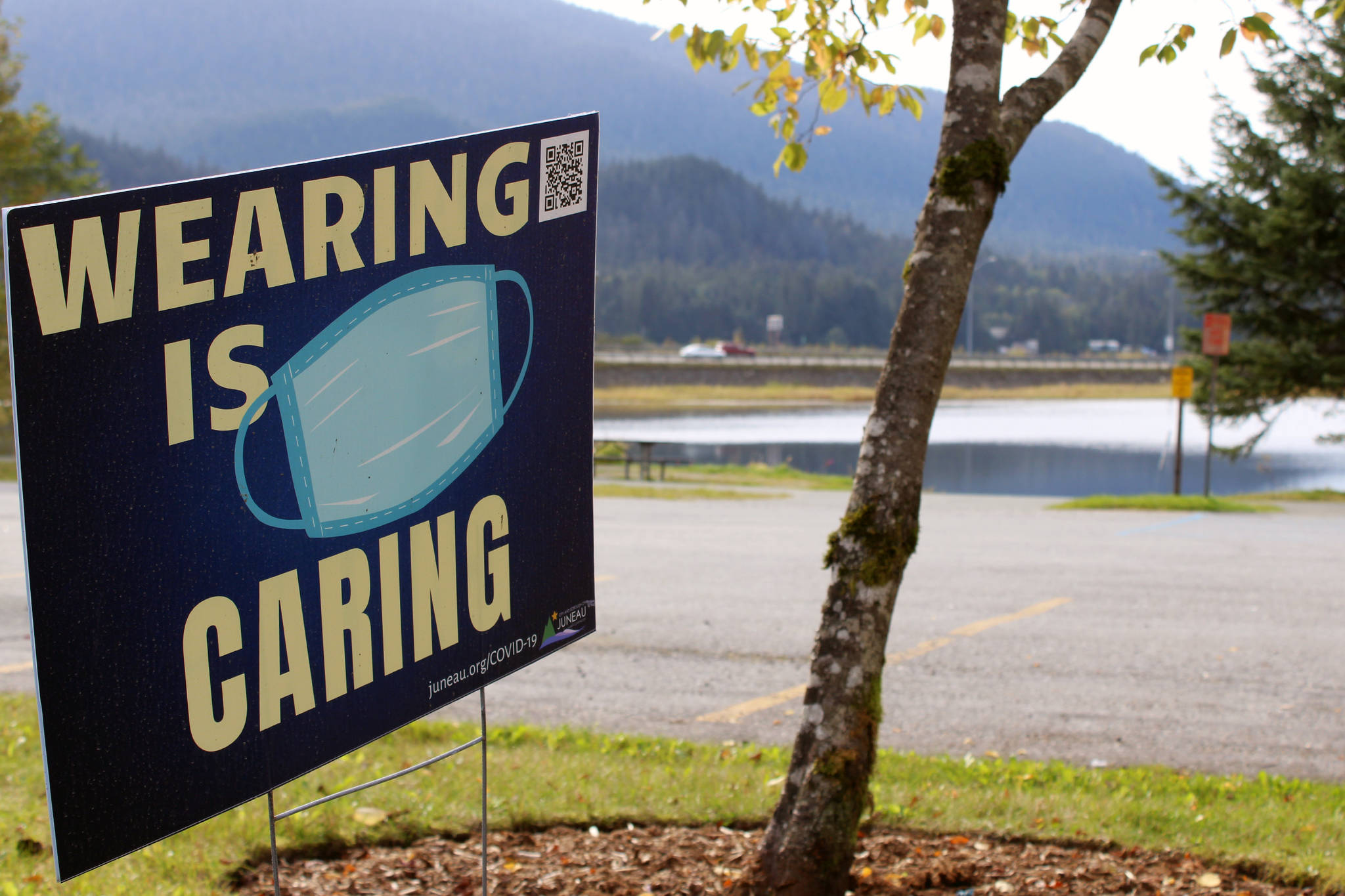The state added six to its tally of residents who have died with COVID-19.
The newly reported deaths bring the number of Alaskans who have died with the illness to 77, according to Alaska Department of Health and Social Services data.
Only one of the deaths, an Anchorage man in his 40s, was recent, the department said in a news release.
The other five people, —a Fairbanks woman in her 80s, a Prince of Wales-Hyder Census Area woman in her 70s, an Anchorage woman in her 80s, an Anchorage man in his 70s and an Anchorage man in his 70s who died out of state —were identified during standard death certificate review, according to the state.
[Governor predicts difficult months ahead, encourages working together]
The newly counted deaths seem to be in line with trends noted in an Alaska Section of Epidemiology bulletin released on Thursday. The bulletin, which analyzed information about the 67 Alaskans who died with COVID-19 as of Oct. 15, stated death rates were highest among people 80 and older. People 70 and older had the next highest death rate.
Of the people who died with COVID-19, 85% required hospitalization and 40% were admitted to an intensive care unit, according to the bulletin. The vast majority — 91% — of the deaths happened either at the hospital or within three days of discharge. Underlying conditions were also a commonality among the deceased.
Among the 57 people for whom medical history was obtained, 54% had one to three underlying medical conditions, 40% had four to six and 5% had more than seven.
The numbers also presented some stark distances.
Mortality rates were disproportionately high among two groups of people —Native Hawaiians and Pacific Islanders and American Indians and Alaska Natives. The rate was 83.6 per 100,000 people for Native Hawaiians and Pacific Islanders and 26.7 for Indigenous people. The mortality rate for white people was 6.6 per 100,000 people.
Through Oct. 15, 25 white people had died, 24 Indigenous people and seven Native Hawaiians and Pacific Islanders.
The disparities in mortality rates “highlight enduring systemic health and social inequities that have put many people of color at increased risk for COVID-19 acquisition, hospitalization and death,” according to the bulletin. It was also a sentiment repeated by state epidemiologist Dr. Joe McLaughlin during a news briefing.
McLaughlin said exactly what is causing the difference in mortality rates is unknown. He said homes that contain adolescents and young adults —two populations most at risk for contracting COVID-19 —and older adults — a population more likely to become severely sick or die with COVID-19 — could be part of the cause.
“It may have to do with access to care,” he said. “It may have something to do with multi-generational homes.”
• Contact Ben Hohenstatt at (907)308-4895 or bhohenstatt@juneauempire.com. Follow him on Twitter at @BenHohenstatt.

